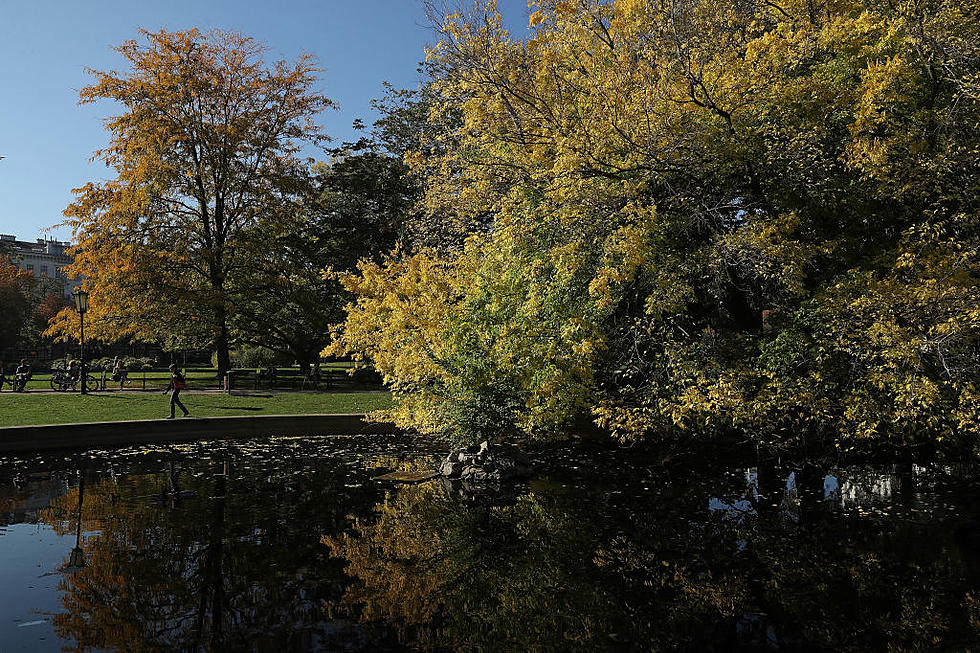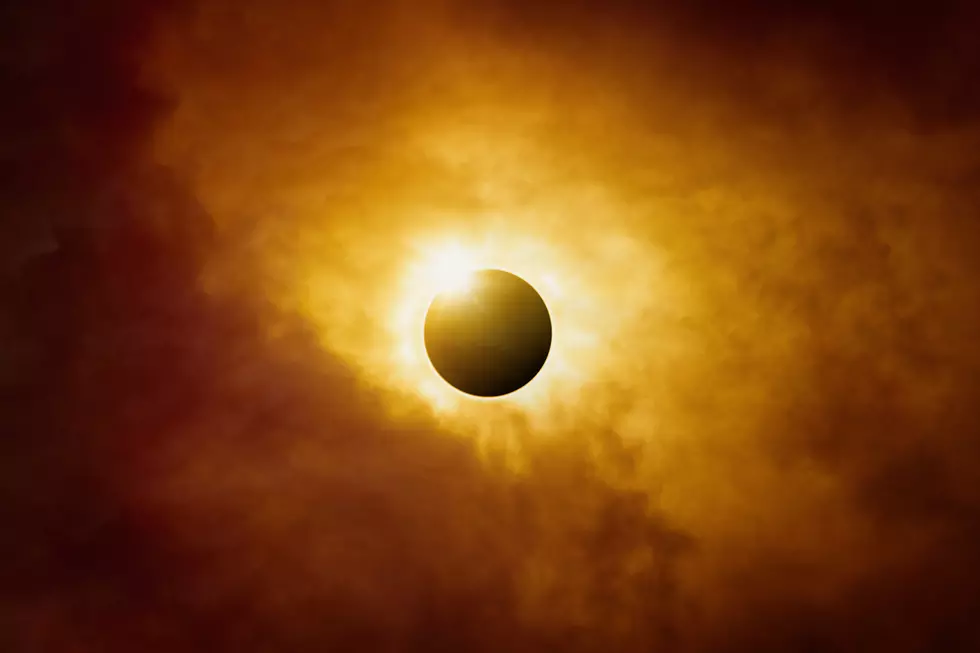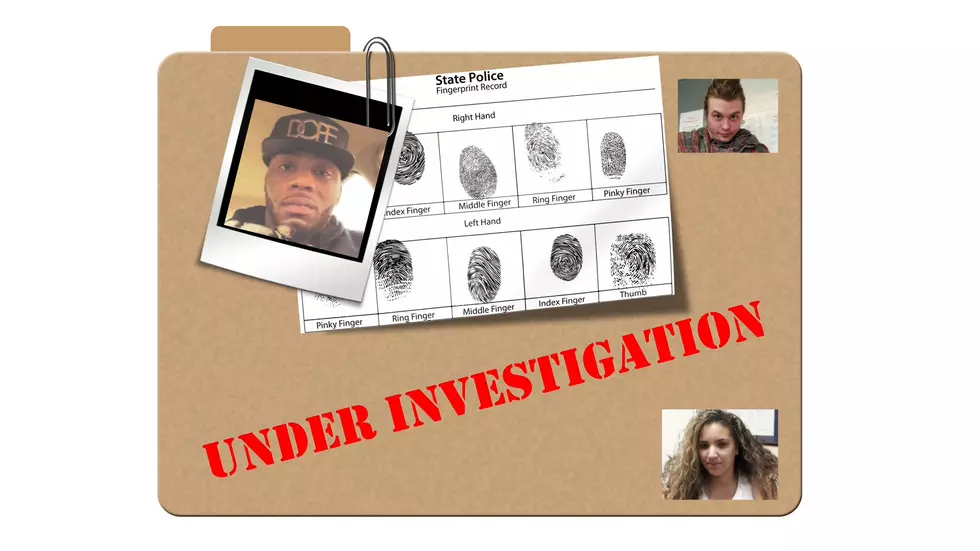
Here’s Why Connecticut and New York’s Fall Foliage is Lacking This Year
If you have been traveling around the area looking for those spectacular fall foliage colors and you're not noticing them, you're not alone.
It's suppose to be the most wonderful time of the year in Connecticut and New York State. It's fall foliage season, and every year people take trips to the most scenic areas to do their leaf peeping. This year, there seems to be something missing, the vibrant colors.

Everybody's kind of talking about it, and the consensus is unanimous. This year the leaves just aren't as pretty as they have been in past years. So what's the issue, and why aren't we seeing the same bright yellows, bright reds, and bright oranges that we have seen in other years?
First off, we have to start with why and how the leaves actually change color in the fall. According to lx.com, the color change in the fall is a combination of a few things. The first being less daylight, and the second being cooler temperatures, especially at night. This combination stops the trees from producing chlorophyll, which is the reason for the leaves green color. When that process happens, that's when we start seeing the yellows, oranges, and red colors.
Taking that formula into account, this year we have had warmer-then-normal nighttime temperatures, and we have had an excessive amount of wet weather as well. Call it climate change if you want, but the added levels of carbon dioxide in the atmosphere, plus the methane is what is actually causing the warmer temperatures. This combination tends to keep the leaves on the trees longer, and thus changing colors later, if at all, before the leaves actually fall off the trees.
There are other impacts of climate change besides just warmer temperatures. Things like severe weather patterns, more hurricanes, droughts, and more invasive pests also are contributing factors.
So to sum it all up, because of the reasons already mentioned, many places are missing that massive color change and the bright display on the trees has been toned down a bit. What's actually happening is that some trees are changing colors early in the fall season, some in the middle of the season, and some at the end of the season. In other words, this pattern is actually limiting the total visual experience of all the trees turning at once, thus leading to what looks like less of a vibrant display of color.
So now that you know what's actually going on, you can use this knowledge to impress your family, friends and co-workers, and tell them you heard it right here.
LOOK: The most expensive weather and climate disasters in recent decades
See the Must-Drive Roads in Every State
More From The Wolf









